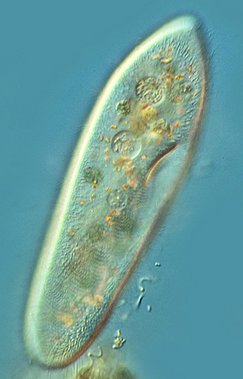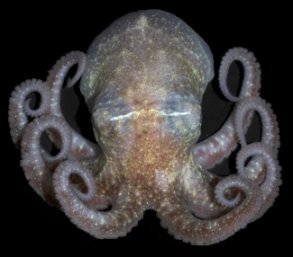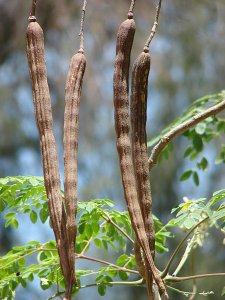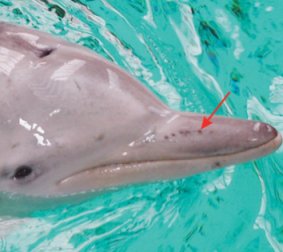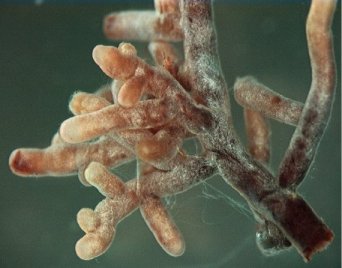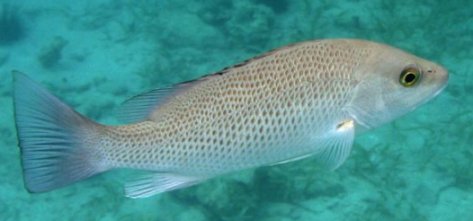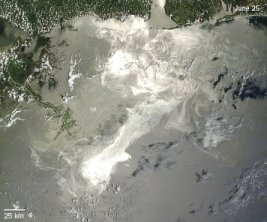
The bacterium Pelagibacter ubique has the smallest genome of any truly free-living organism. It weighs in at 1,308,759 base pairs and 1,354 genes.2 However, there is something in between these two bacteria that might qualify as a real living organism. It is the bacterium Mycoplasma genitalium. It’s genome has 582,970 base pairs and 525 genes.3 While it is a parasite, it performs all the functions of life on its own. It just uses other organisms (people as well as primate animals) for food and housing. Thus, while it cannot exist without other organisms, it might be the best indicator of how “simple” life can get.
If you follow science news at all, you might recognize the name. Two years ago, Dr Craig Venter and his team constructed their own version of that bacterium with the help of living versions of the bacterium, yeast cells, and bacteria of another species from the same genus. Well, now a scientist from Venter’s lab teamed up with several scientists from Stanford University to produce a computer simulation of the bacterium!
Their work, which seems truly marvelous, gives us deep insight into how complex the “simplest” living organism really is.
Continue reading “One Way To Think About the Complexity of the “Simplest” Life Form”

